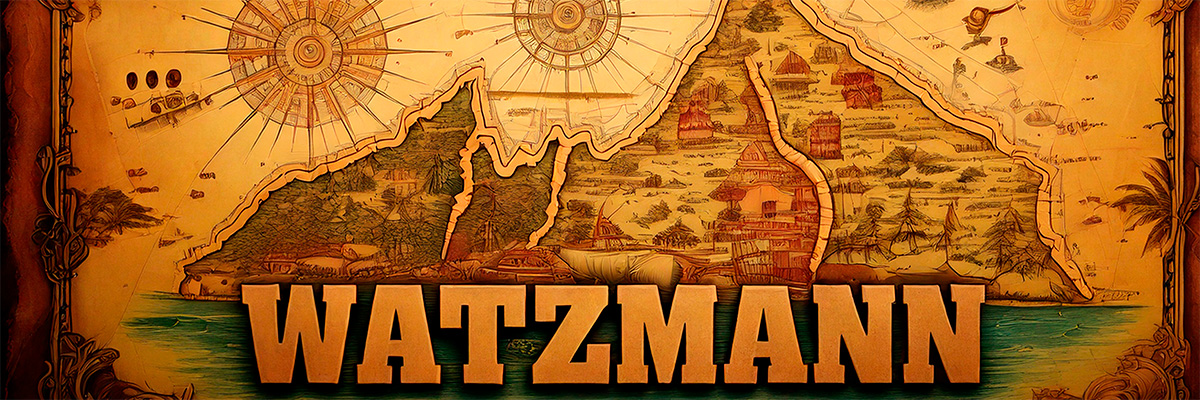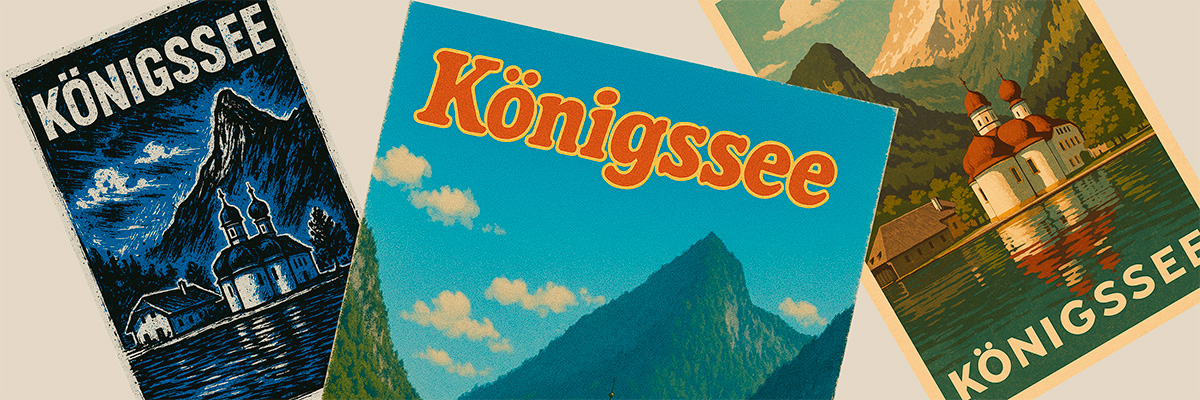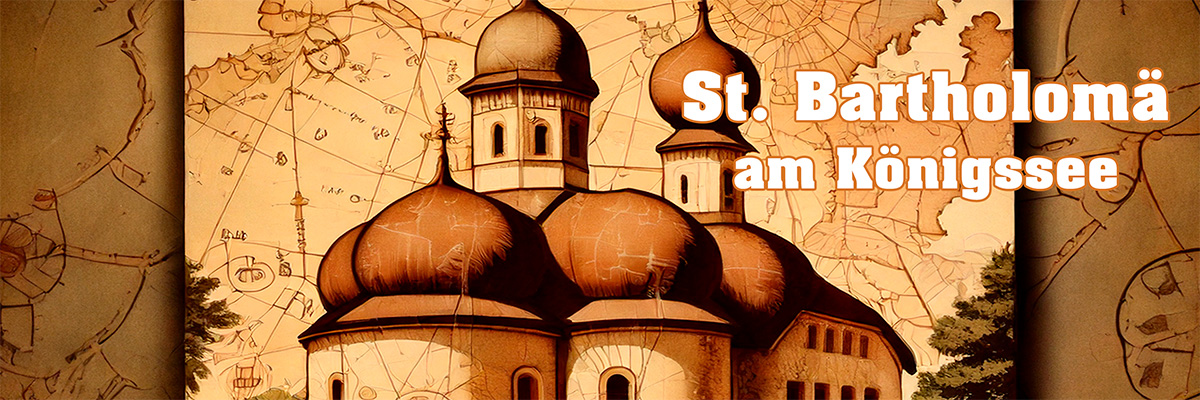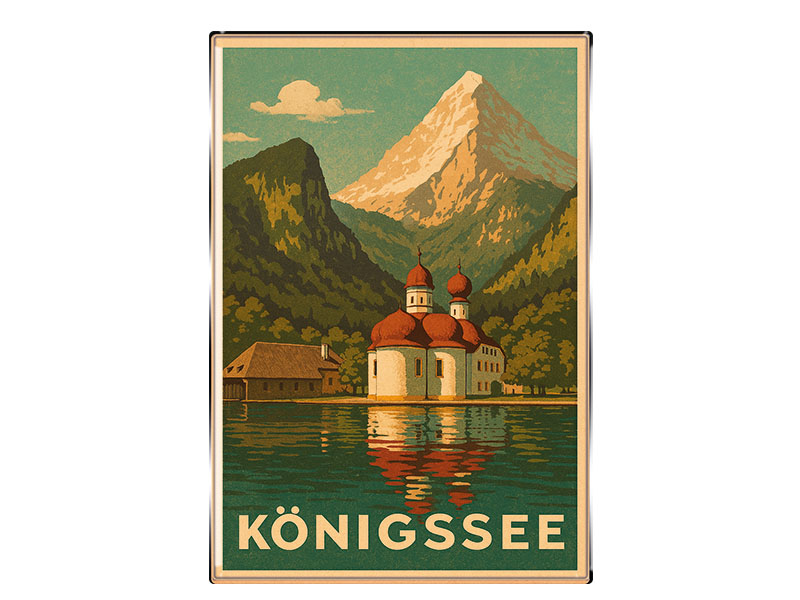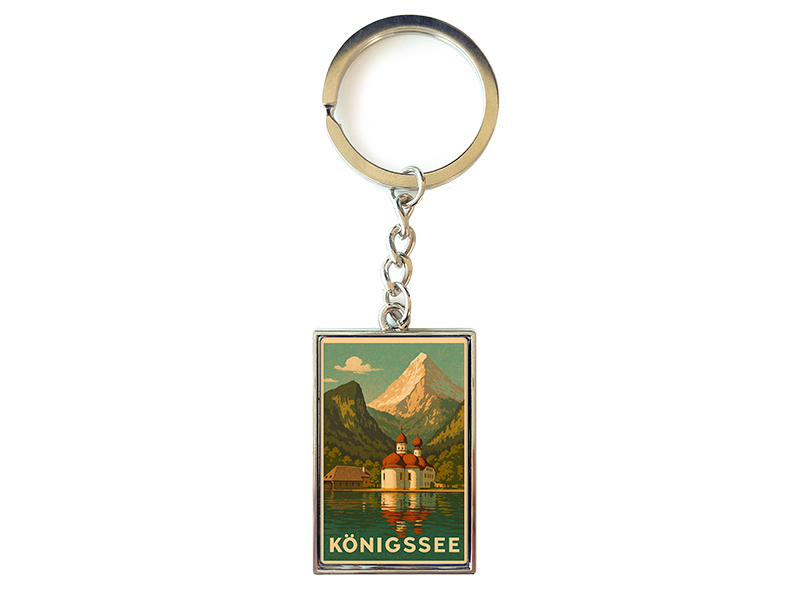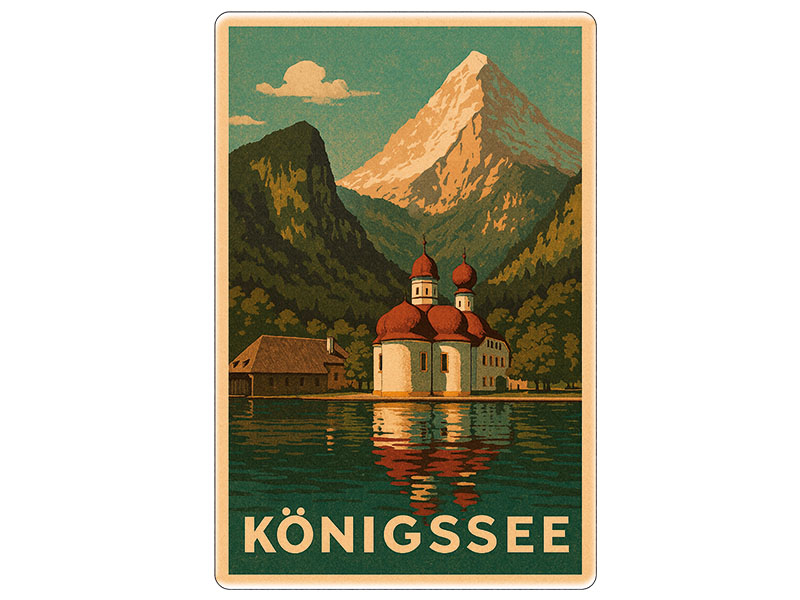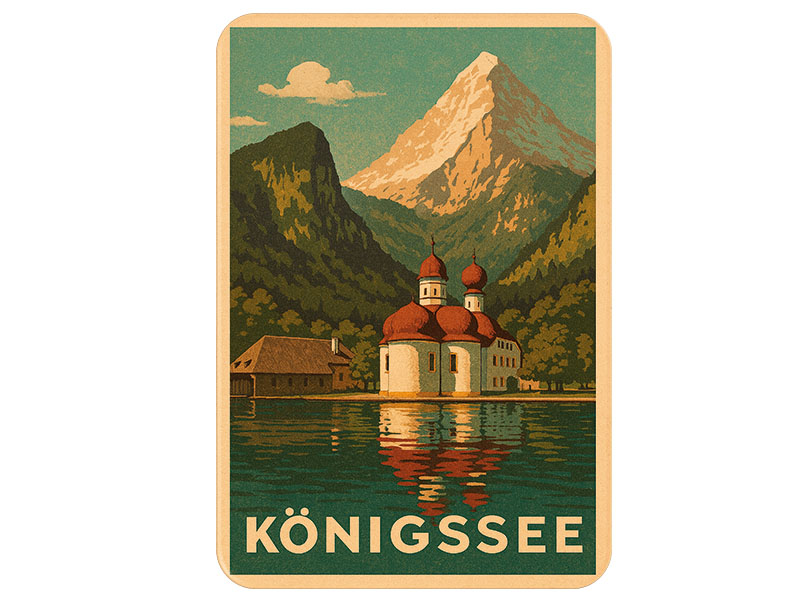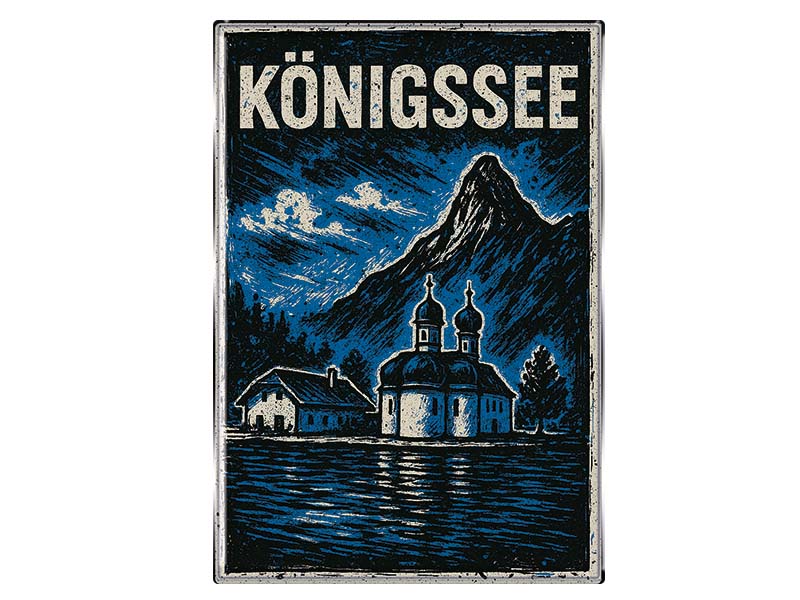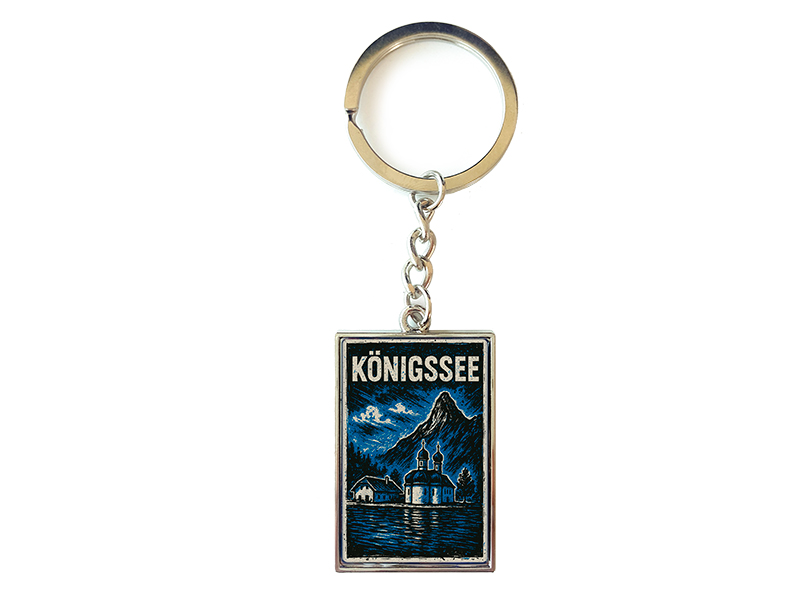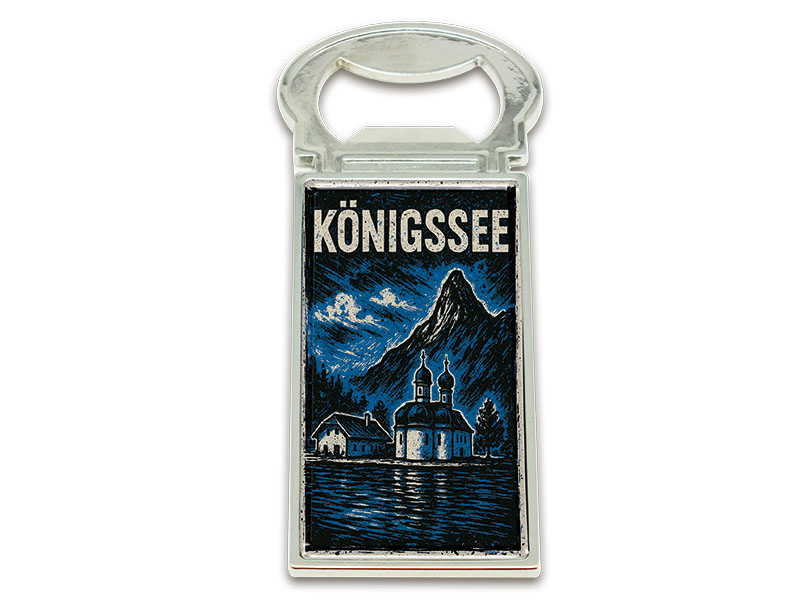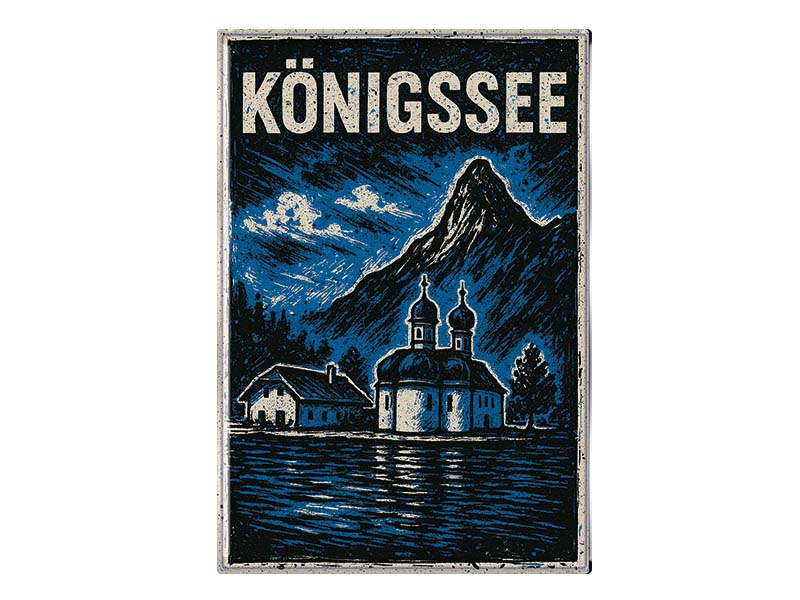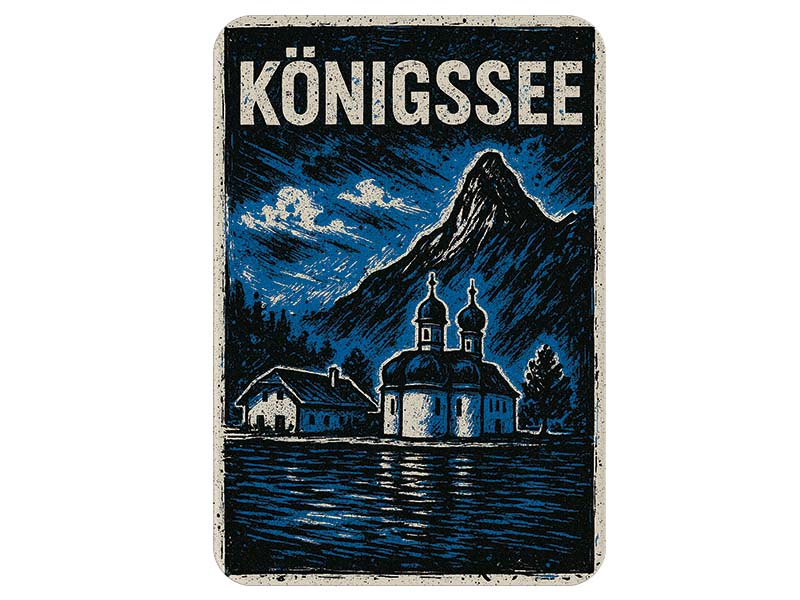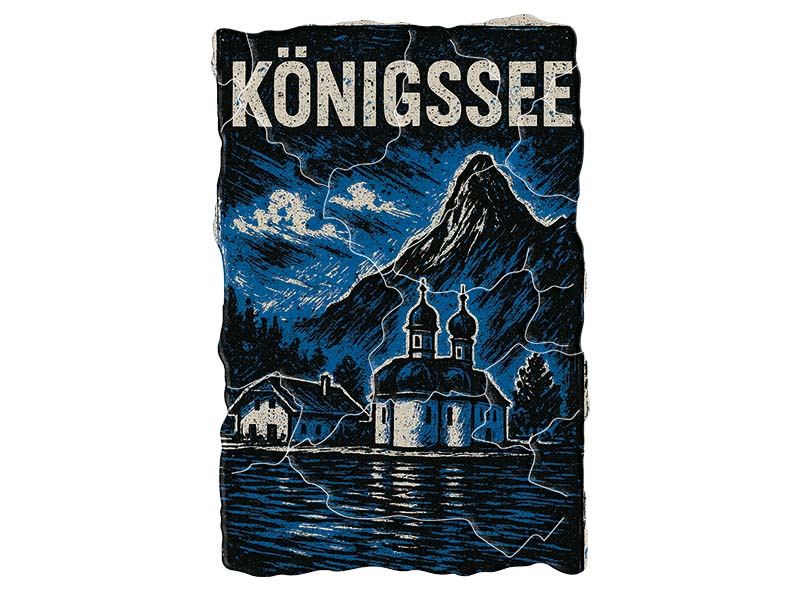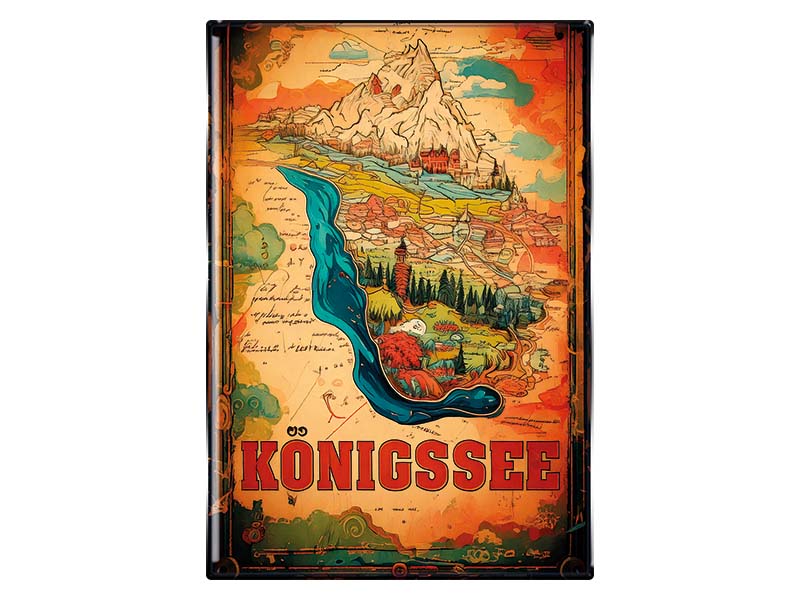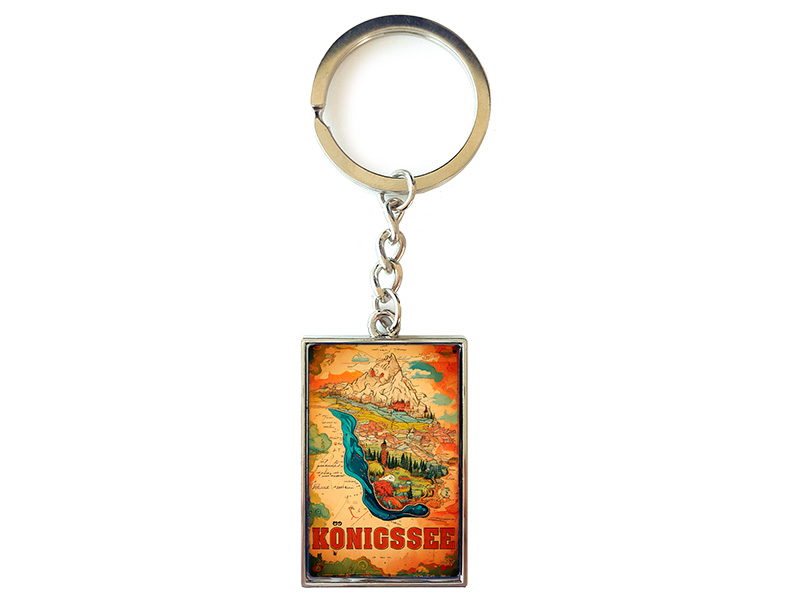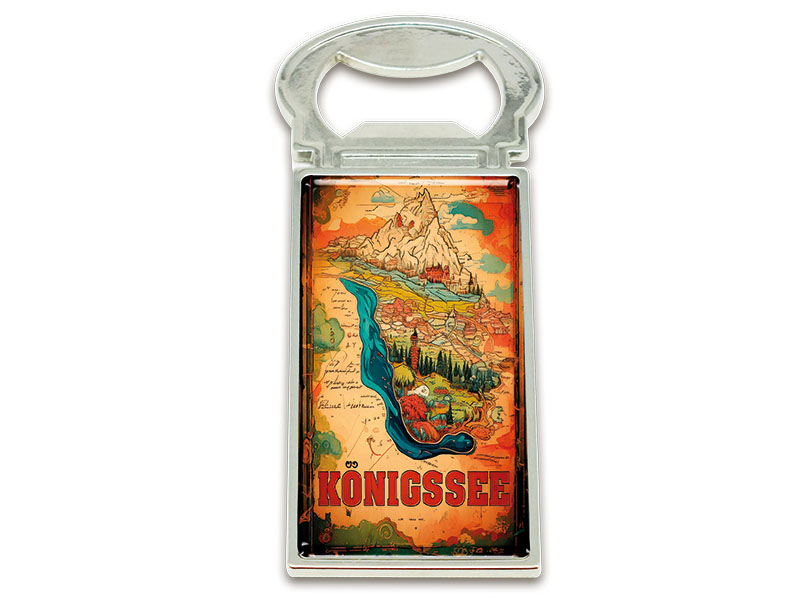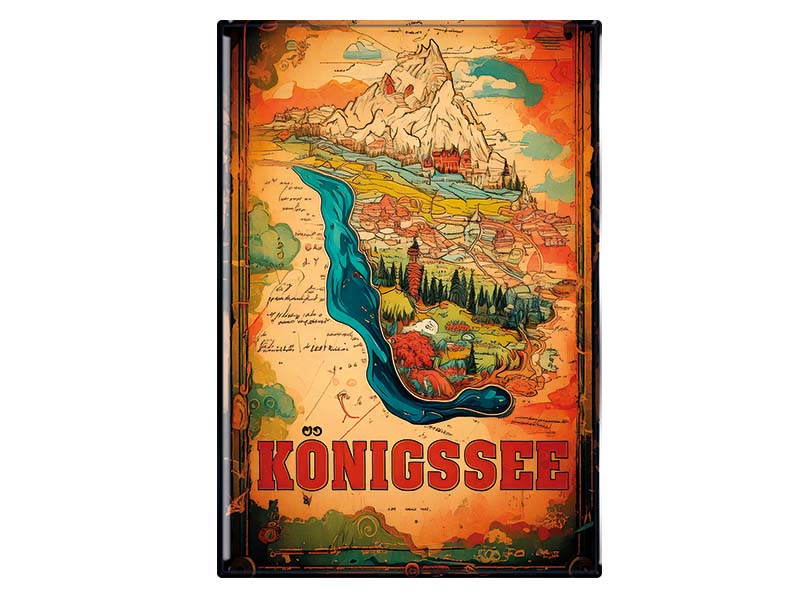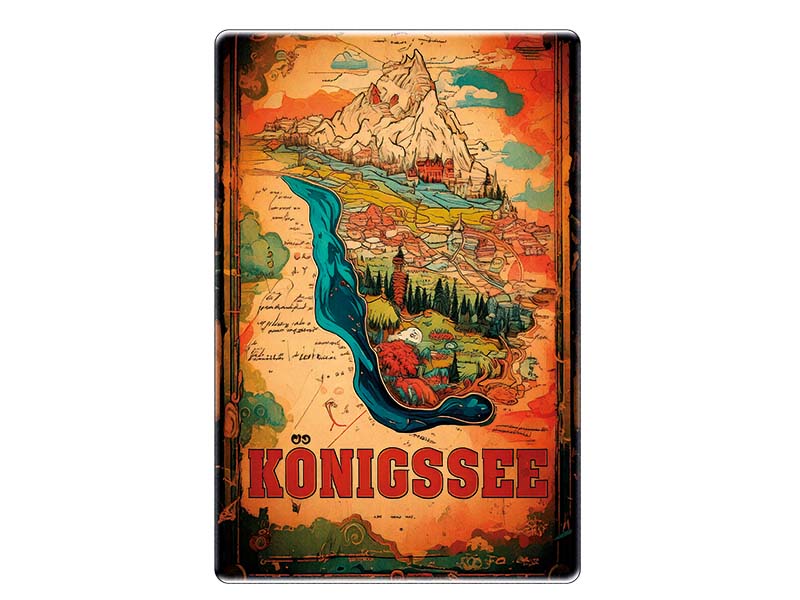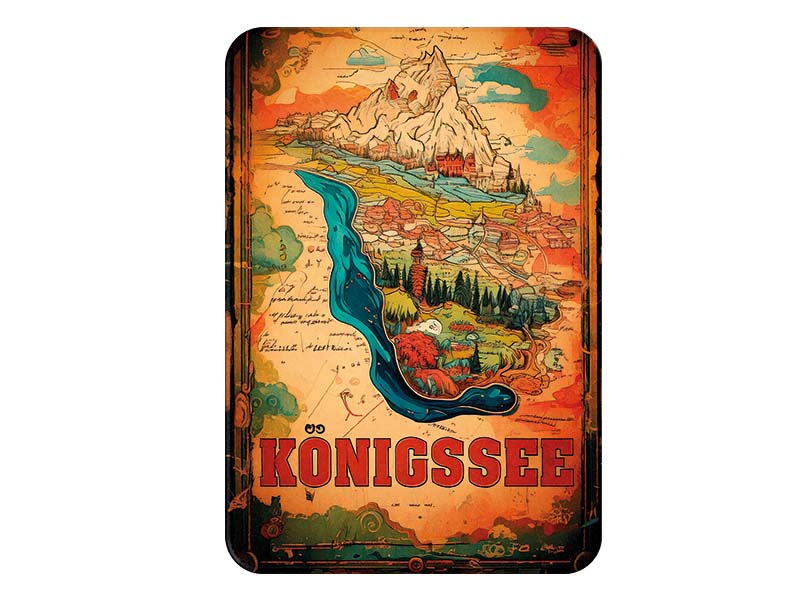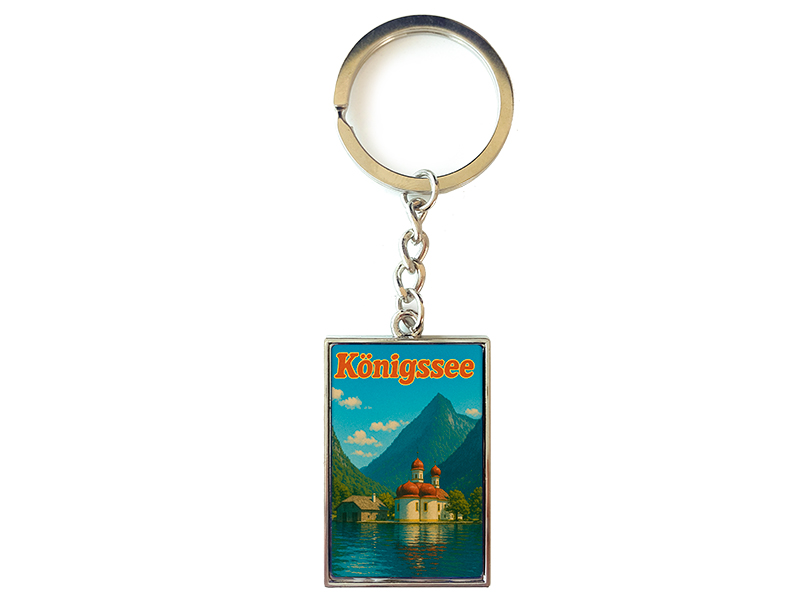- Vehicles
- Figures
- Witches
- Carnival
- Canvas
- Magnets
- Materials
- Maritime
- Hats
- New products
- Personalize
- Plush
- Dolls
- Collectible figures
- Keychain
- Special production
- %Special offers%
- Money boxes
-
Cities - Regions
- Bad Säckingen
- Bamberg
- Bayerischer Wald
- Berchtesgaden
- Berlin
- Bodensee
- Bremen
- Brocken
- Chiemsee
- Cochem
- Dinkelsbühl
- Dresden
- Eibsee
- Frankfurt
- Freiburg
- Gardasee
- Garmisch-Partenkirchen
- Hamburg
- Harz
- Heidelberg
- Helgoland
- Insel Mainau
- Kleinwalsertal
- Koblenz
- Köln
-
Königssee
- Leipzig
- Lübeck
- Mecklenburgische Seenplatte
- München
- Nürnberg
- Oberammergau
- Passau
- Potsdam
- Quedlinburg
- Regensburg
- Rothenburg
- Rügen
- Schwarzwald
- Stuttgart
- Sylt
- Titisee
- Traunsee
- Triberg
- Ulm
- Wernigerode
- Bags/Backpacks
- Textile
- Animal
- Subjects
More information? sign in.
More information? sign in.
More information? sign in.
More information? sign in.
More information? sign in.
More information? sign in.
More information? sign in.
More information? sign in.
More information? sign in.
More information? sign in.
More information? sign in.
More information? sign in.
More information? sign in.
More information? sign in.
More information? sign in.
More information? sign in.
More information? sign in.
More information? sign in.
More information? sign in.
More information? sign in.
Königssee – The Emerald Gem of Bavaria
Tucked deep within the Bavarian Alps, Königssee (literally “King’s Lake”) is one of Germany’s most stunning natural landmarks. Its emerald-green waters, dramatic mountain backdrop, and serene atmosphere make it a destination cherished by nature lovers, hikers, and cultural enthusiasts alike. Yet Königssee is more than just a picturesque lake—it is a place rich in history, tradition, and alpine identity.
Geographical Location and Formation
Königssee is located in the far southeast of Germany, within the federal state of Bavaria, specifically in the Berchtesgadener Land district. It lies just a few kilometers from the Austrian border and is surrounded by the towering peaks of the Bavarian Alps, including the Watzmann, which rises to 2,713 meters (8,901 feet)—Germany's third-highest mountain and the second-highest entirely within the country.
The lake stretches over approximately 7.2 kilometers (4.5 miles) in length and reaches a maximum width of 1.25 kilometers (0.8 miles). It plunges to a depth of up to 190 meters (623 feet), making it one of the deepest lakes in Germany. Königssee was formed during the last Ice Age by retreating glaciers that carved a deep trough through the mountainous landscape. Its clean, cold waters are a result of glacial melt and are among the clearest in the country.
Königssee is part of Berchtesgaden National Park, Germany’s only alpine national park, established in 1978 to protect the unique flora, fauna, and geological features of the area.
History of Königssee
The name “Königssee” likely originates from the Old High German name “Kuno,” rather than referring to royalty, though the lake has long been associated with Bavarian nobility. During the Middle Ages, the Berchtesgaden area was ruled by the powerful Prince-Provosts of the Berchtesgaden Monastery, and the lake was used for transporting salt—a valuable resource known as "white gold"—extracted from the surrounding mountains.
Königssee began to gain attention from the European aristocracy and artists during the Romantic era in the 19th century. Even King Ludwig II of Bavaria, famous for his fairytale castles, visited the area. The lake soon became a destination for painters, poets, and travelers captivated by its mystical beauty.
Electric passenger boats were introduced in the early 20th century, replacing noisy steamships to preserve the tranquility and cleanliness of the lake. To this day, only electric boats are allowed, preserving the silence and pristine environment.
Population and Local Community
Königssee itself is an uninhabited body of water, but the nearby town of Schönau am Königssee, which serves as the main gateway to the lake, has a population of approximately 5,500 residents. The town’s economy revolves around tourism, with many locals working in hospitality, outdoor activities, and the sale of regional goods.
Sights and Attractions
Königssee and its surroundings offer a wealth of scenic and cultural attractions:
1. St. Bartholomä:
Located on a peninsula about halfway along the western shore, this iconic pilgrimage church dates back to the 12th century. It was rebuilt in the Baroque style in the 17th century, complete with distinctive red onion domes. Adjacent to the church is a former hunting lodge used by Bavarian kings, now a restaurant.
2. The Echo of Königssee:
One of the lake’s most beloved traditions is the demonstration of its natural acoustics. During boat rides, guides pause mid-lake and play a trumpet or flugelhorn, allowing passengers to hear the sound echo back from the steep rock walls up to seven times.
3. Obersee and Röthbach Waterfall:
Accessible via a short hike from the lake's southern end, the Obersee is a smaller alpine lake with mirrored reflections and untouched beauty. Nearby lies the Röthbachfall, Germany’s tallest waterfall at 470 meters (1,540 feet).
4. Jenner Mountain and Cable Car:
The Jennerbahn cable car carries visitors to the summit of Jenner Mountain (1,874 meters), offering breathtaking panoramic views of Königssee and the surrounding Alps. In summer, it’s a hub for hiking; in winter, a small ski resort operates here.
Tourism and Annual Visitors
With its unparalleled natural beauty and accessibility, Königssee is one of Bavaria’s top tourist destinations, drawing over 1.5 million visitors annually. Tourists come from across Germany and the world, especially from Asia, the United States, and the Middle East. Summer is peak season, but autumn foliage and winter snow also offer unforgettable scenes.
Tourism in the area is sustainably managed due to the national park's regulations, which emphasize ecological protection and education.
Famous People from the Region
While Königssee itself is not home to any celebrities, the surrounding region of Berchtesgaden has produced several notable individuals, especially in winter sports:
-
Georg Hackl, a legendary Olympic gold medalist in luge, was born in Berchtesgaden and trained at the Königssee Luge Track, one of the oldest and most renowned artificial ice tracks in the world.
-
Other Olympic champions such as Felix Loch, Natalie Geisenberger, and Tobias Wendl also hail from the region.
-
The area also inspired Romantic artists like Caspar David Friedrich, whose paintings captured the mysterious and sublime qualities of alpine landscapes.
Local Food and Drink
The cuisine around Königssee is deeply rooted in Bavarian alpine traditions, offering hearty and rustic flavors.
Typical dishes include:
-
Schweinebraten (roast pork) with Knödel (dumplings) and sauerkraut
-
Kaiserschmarrn, a sweet shredded pancake served with plum compote
-
Obazda, a cheese spread made from Camembert, butter, paprika, and onions
-
Kaspressknödel, pan-fried cheese dumplings served in broth
-
Fresh trout, often caught from local lakes and served “Müllerin Art” (pan-fried with butter and herbs)
As for drinks, the region offers:
-
Bavarian beer, such as the brews from Hofbrauhaus Berchtesgaden, founded in 1645
-
Schnaps and herbal liqueurs made from alpine herbs and fruits
-
Apple spritzer and elderberry juice, made from local orchards and gardens
Many mountain huts (Almen) serve homemade food, often accompanied by stunning views over the valleys and peaks.
Typical Souvenirs
Visitors to Königssee and Berchtesgaden often take home handcrafted and regional souvenirs. Popular options include:
-
Wood carvings, a traditional art form of the region, including religious figures, animals, and alpine scenes
-
Herbal teas, jams, and honey from local producers in the National Park
-
Traditional Bavarian clothing accessories, such as Dirndl jewelry, leather belt buckles, or antler buttons
-
Postcards and prints of classic Königssee vistas
-
Hand-thrown pottery from local ceramic studios
-
Spirits, such as Enzian or fruit brandies, often sold in decorative bottles
These souvenirs are a reflection of the region’s cultural heritage and strong connection to nature.
Conclusion
Königssee is far more than a lake—it is a symbol of Bavarian pride, alpine beauty, and environmental stewardship. Its unspoiled waters, dramatic mountain scenery, and historical landmarks draw millions each year, while still maintaining a sense of peace and authenticity. Whether you're exploring the echoing cliffs by boat, hiking to a hidden waterfall, or savoring cheese dumplings on a mountain terrace, a visit to Königssee is an unforgettable immersion into Germany's natural and cultural heart.

